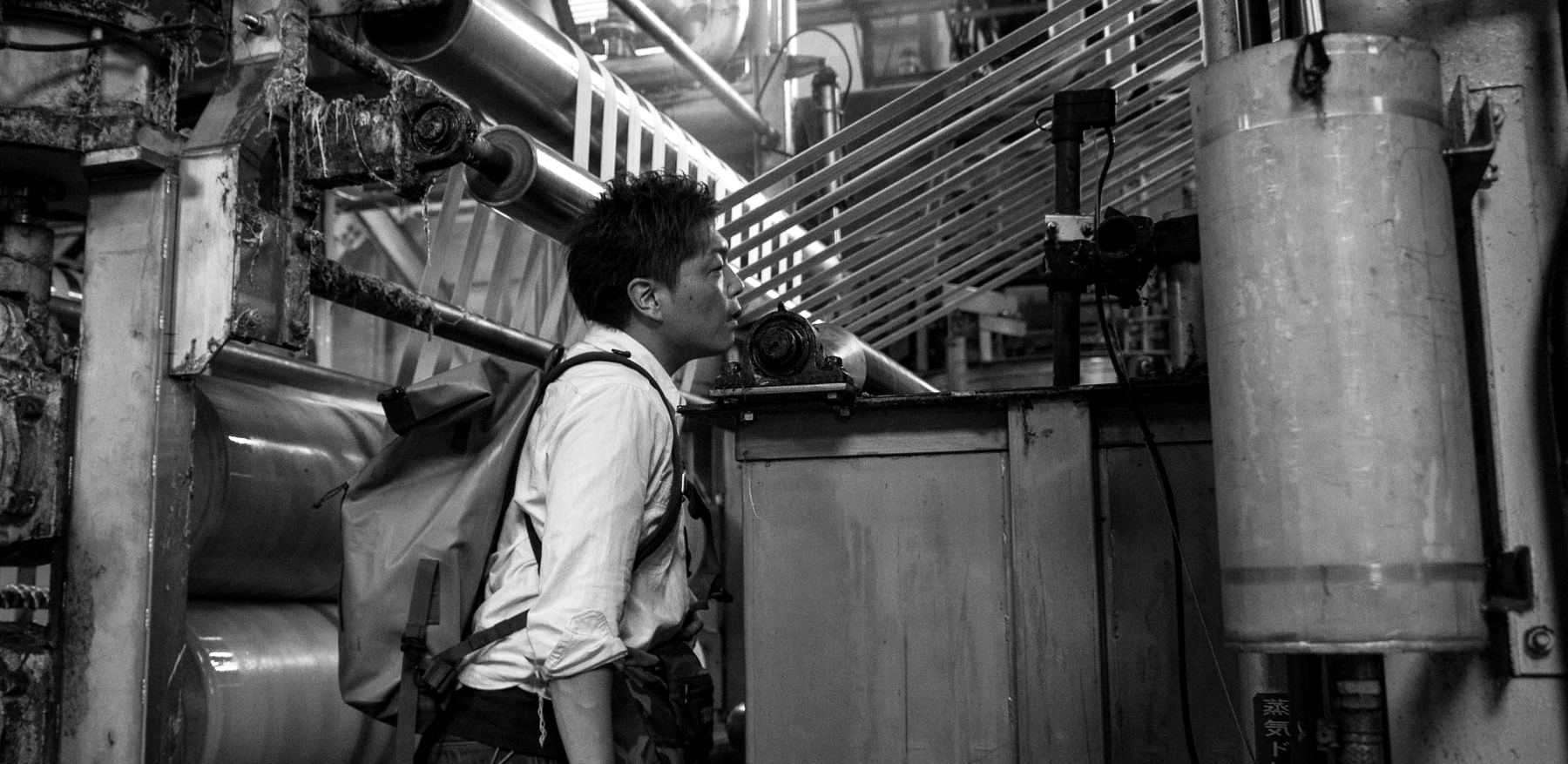Dyeing Processes
At Iron Heart, we use a variety of different dyes and dyeing techniques. Which dye and which method we use is dictated by how deep, bright and fast we want the colour to be. No matter which method we use, they all use a large amount of water, CO2 and energy.
Currently we are looking very closely at our use of sulphur dyeing, either the dyeing of the fabric or the overdyeing of garments post construction. To make the colour particles bond to the surface of the fabric sodium sulphide is used as a reducing agent, harmful gases are released in the process and the wastewater produced is harmful to the environment.

Iron Heart is actively researching alternatives to using sodium sulphide as a reducing agent and aims to have phased out the use of sulphur dyes by the end of 2023. Sulphur dyeing can be harmful to the environment if the bi-products of the dyeing process are not treated and disposed of carefully, Iron Heart used the most respected and eco-friendly dyeing company in Japan which has invested in state of the art recycling and purification processes.


Most, but not all, Iron Heart garments are one-washed post production, to remove shrinkage and ensure the garment exits the process clean and fresh. However, unlike many other jeans manufacturers, we do not use any water or chemicals to "distress" or give a worn/aged look to any of our garments. Doing this massively reduces the amount of water used and also reduces the amount of dye that ends up in any given watercourse.

